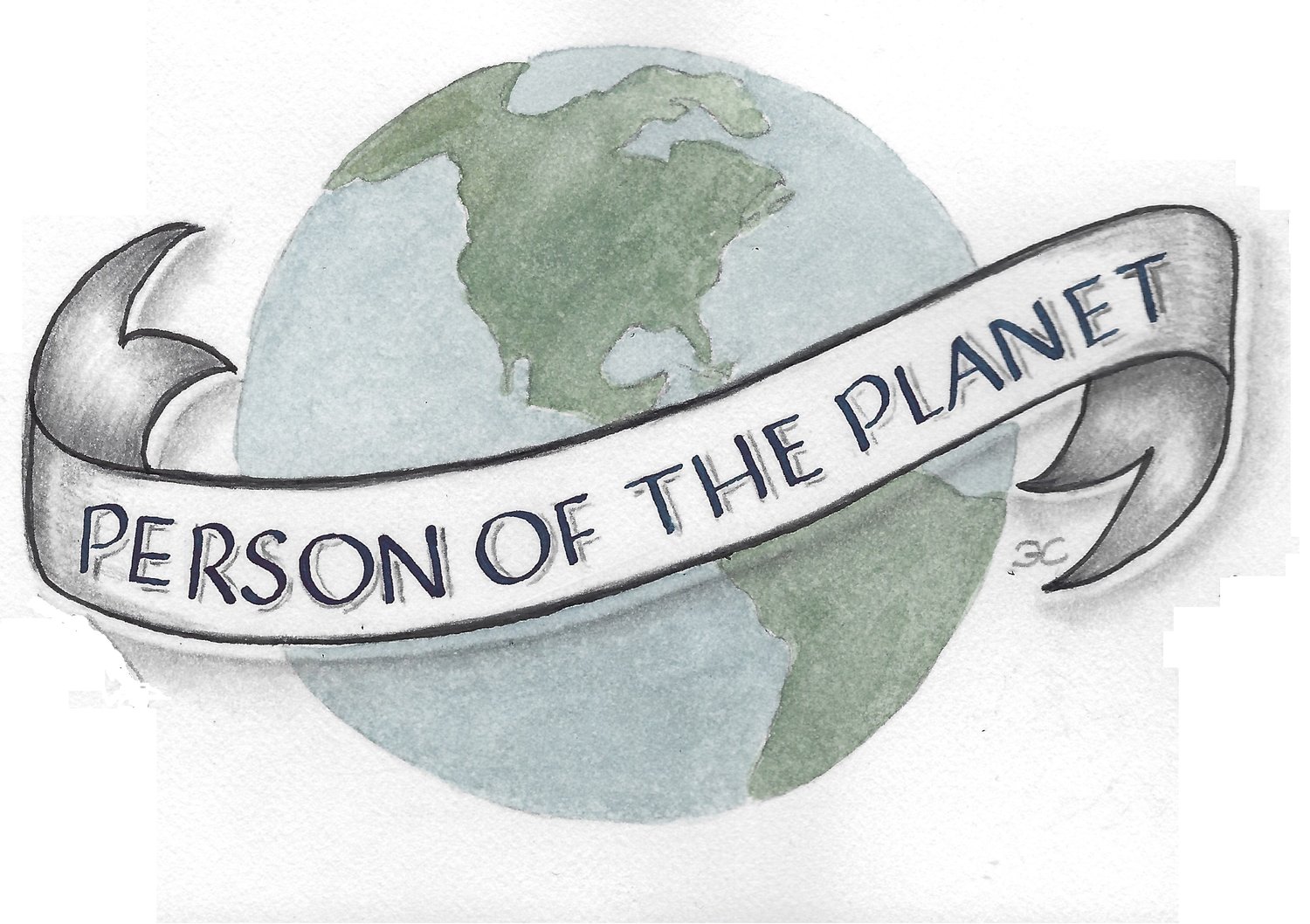The Sierra Bakers Dozen
By Shanti Moorjani
Yesterday I returned from a week long backpacking trip in the Eastern high Sierras. Being in the wilderness with 12 other people who I consider "persons of the planet" was incredibly refreshing! Thirteen strong, age diverse, passionate nature lovers, participating in a physically demanding week-long trek to the Silver Divide was the ultimate "high". Starting at 9,000 feet at the Cold Water Creek Trailhead, we headed up and over the Duck Pass (10,700) to camp at Pika Lake, one of many pristine Sierra lakes. The grueling hike over the pass carrying a 35-40lb. pack is challenging considering the altitude effect, varied terrain, and many hours required to reach our destination. The Sierra Club motto: "Leave no trace left behind" weighed heavily on our minds with cooking and other daily chores. Why would anyone submit themselves to this kind of physical/mental challenge? The answer is simple: WILDERNESS!
Standing before a mammoth granite mountain, dotted with snow packs nestle on the mountain walls, slowly melting in the mid-day sun into rivulets and waterfalls, filling the wet meadows with an array of wildflowers and thick moss fills the soul with wonder. A magical sense awakens one to the fact that these are ancient mountains, untouched by human intervention. It's sacred! Yes, it's true a few of us are hiking here and dipping into the cold, clear lakes like a ritual cleanse, remembering to be low impact on the environment.
My twelve colleagues each brought a unique quality to my hiking experience here. Our calm leader, Jane Uptegrove, brought her geology training to de-mystify how these mountains were formed and what we are seeing around us at the 12,000 foot McGee pass. Bill Flowers, our assisting leader, brought more than 20 years of Sierra Club hiking experience to the group. I call Bill a modern day John Muir, as he slept each night under the stars without tent even as temperatures dipper well into the 30s and 40s.
The names of our flowers and trees were provided by Mary Hess (fellow POP) who has done many a hike in the Sierras over the years. Lori, suggested we were the Bakers Dozen, thirteen hearty hikers, ages ranging from Rachel 22, hiking with her Dad, Jim, to Ed somewhere over 70 years. Other people were a brother and sister power-house, Jess and Matt, and inspiring Native American woman, Channa who lead us in yoga while lecturing us on the importance of treading gentle on the planet. She herself is fiercely determined to live off the land and be plastic-free. Hats off to Sue, my swimming buddy and Laure from New York.
Where? Where? Where in the universe is there another living planet like our Earth? Where can we find more Sierras with fresh water to drink, wildflowers to see?
One year ago, Person of the Planet, began offering lectures, movies and even a "green" holiday bazaar in an effort to educate people and motivate you, the individual, to take charge of your every day decisions that impact this planet. Remember a Person of the Planet always asks the question "Is this good for the planet?" for every decision he/she makes. When we elect leaders who begin to ask this same question, then we can bring our fragile planet back from harm and create more spaces and places like the natural Sierra mountains. These natural treasures have withstood the test of time, retaining their beauty and have evolved according to natural laws of nature.
The resolve and commitment of one person makes a difference. Together we can save a planet for the next generation to survive and thrive.

